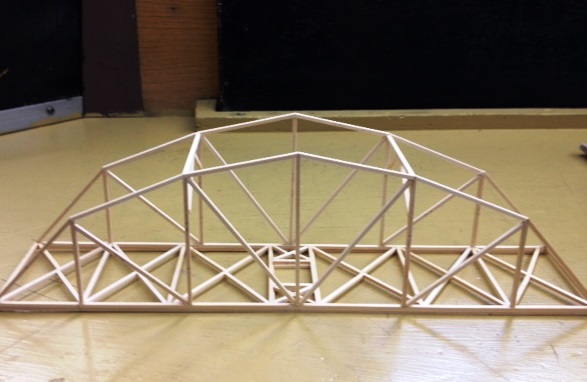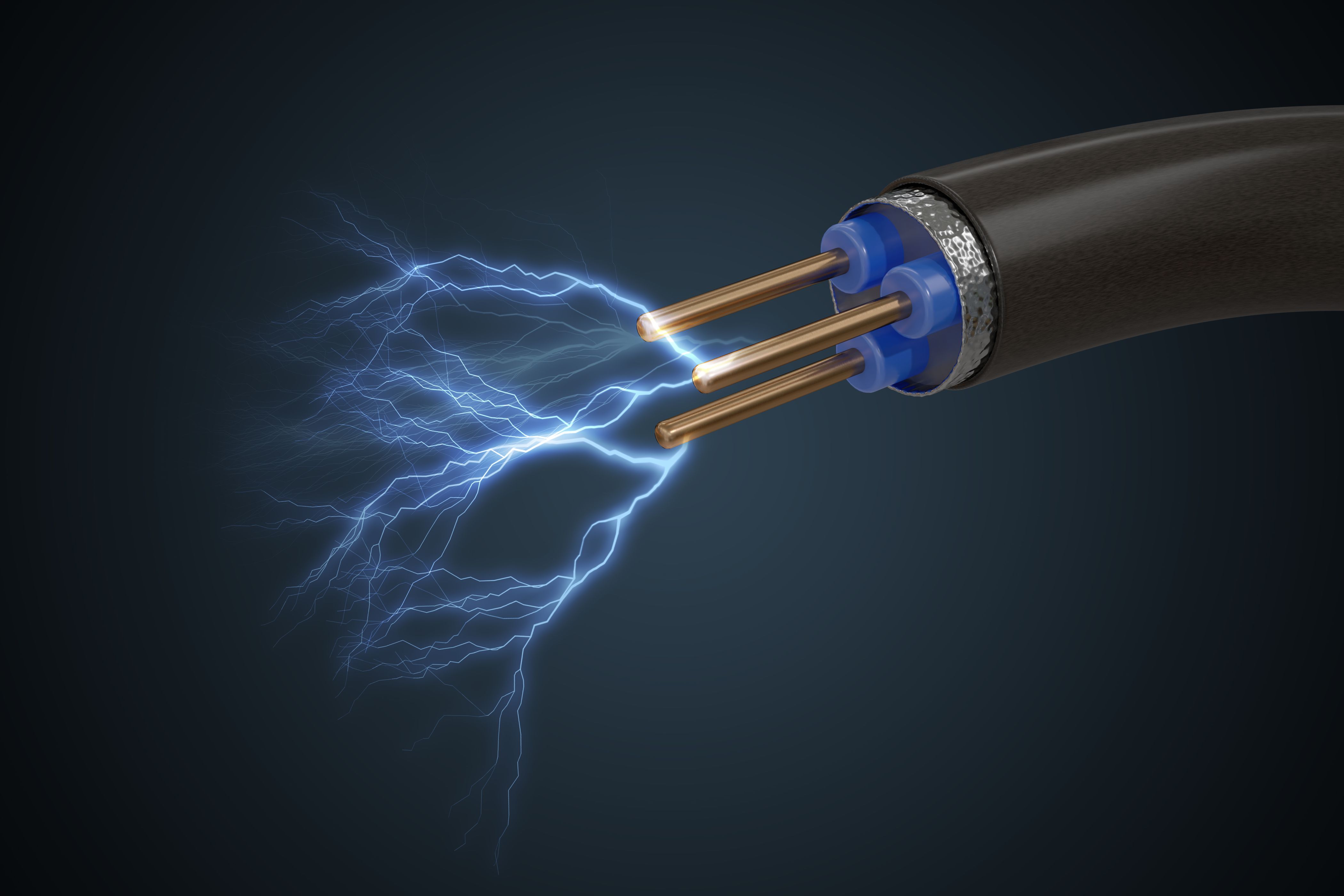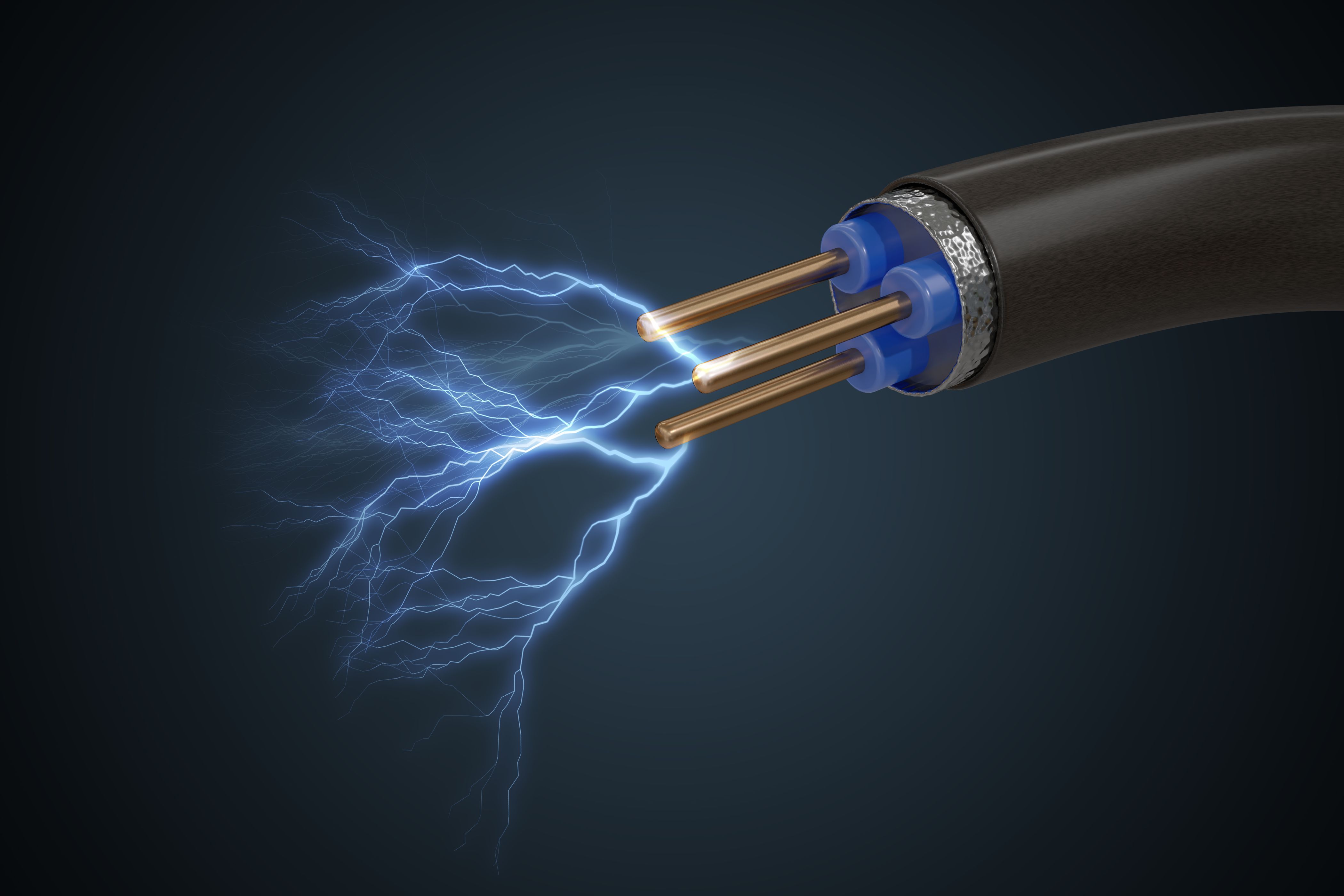Courses by Software
Courses by Semester
Courses by Domain
Tool-focused Courses
Machine learning
POPULAR COURSES
Success Stories
Week 4 - CHT Analysis on Exhaust port
AIM: To perform the simulation of Conjugate heat transfer analysis on given exhaust port geometry by using ANSYS FLUENT. OBJECTIVE: To study the importance of Conjugate heat transfer analysis and importance of y+ value during meshing of the components. To perform the simulation of Conjugate heat transfer analysis on given…
Aatas A G
updated on 12 Dec 2022
AIM:
To perform the simulation of Conjugate heat transfer analysis on given exhaust port geometry by using ANSYS FLUENT.
OBJECTIVE:
- To study the importance of Conjugate heat transfer analysis and importance of y+ value during meshing of the components.
- To perform the simulation of Conjugate heat transfer analysis on given exhaust port geometry by using ANSYS FLUENT.
- To calculate the wall heat transfer coefficient and to plot velocity and temperature contours of baseline and fine mesh simulations.
THEORY:
Conjugate Heat Transfer Analysis -
Conjugate heat transfer analysis (CHT) describes the heat transfer due to the interaction of a solid body and fluid flowing over or inside it. Conjugate heat transfer plays a vital role in the modern world ranging from automotive industry, aerospace, cryogenic applications, food processing, cooling of electronic devices, Heat exchanger design etc. CHT analysis provide the temperature distribution, heat transfer contours, heat transfer coefficient, heat flux values at the interface thus one can easily conclude the behaviour of a system.
PROCEDURE:
1. Open ANSYS Workbench 2022R2 select Fluid Flow (Fluent) from Toolbox.
2. Rename the file and left click Geometry and select New Spaceclaim Geometry.
3. Open the geometry STEP or SLDPRT of the geometry in spaceclaim.
4. Extract the fluid volume by selecting Extract Volume option from Prepare menu on top bar. Then select the edges and click the tick mark now a new volume is created and which can be visible on tree. Name this volume as fluid volume and geometry as solid volume. Also delete the duplicate edges or entities present in the geometry by selecting Extra Edges option from Repair menu.
5. From the Analysis section share topology should be turned on as Share and perform the same by selecting share option from Workbench menu

6. Close SpaceClaim and double click on Mesh. Meshing window will appear. Mark Inlet, Outlet, Outer wall convection on geometry by right clicking each part and selecting Create Name Selection. Now select the mesh from the tree and generate mesh with an appropriate element size (0.15m) to get a base-line meshing on the surface of geometry. The figure shown below show the geometry after meshing.

7. Close Meshing and double click on Setup, select Double Precision and Fluent window will open. Check all the values and make necessary correction if needed.
8. Select appropriate conditions mentioned below.
Solver - Pressure Based
Viscous - k-epsilon model
Energy - On
Material - Fluid, Air - Solid , Aluminum
Cell Zone Conditions
Volume - Fluid - Air , Solid - Aluminum
Boundary Conditions
Inlet - Velocity Inlet, Velocity = 5m/s, Temperature = 700K
Outer wall convection- Wall
Outlet - Pressure Outlet
Define Area weighted average of heat transfer coefficient and Outlet temperature.
Solution Initialization - Hybrid Initialization.
9. After assigning all the factors click on Run Calculation and set number of iteration and calculate.The figure below shows the residual plot after calculation.

Note - 1: Perform the same simulation with fine meshing. In order to create fine meshing on the surface of geometry add inflation layers at the solid-fluid interface. The calculation to find first layer thickness of inflation layer is shown below. After adding inflation layer perform body sizing with an element size of 50mm.
First Layer Thickness Calculation.
In the question it is mentioned to consider the flow is turbulent. So k-epsilon turbulence model is considered for the simulation. y+ value for the k-epsilon model is in between 30-300. As wall heat transfer coefficient is needed to evaluate y+ value is considered as 30. By using y+ value calculator first layer thickness is evaluated.
y+ value - 30
Density of air - 1.225 kg/m3
Viscosity - 1.7894e-5 kg/ms
Length - 0.17 m (Inner diameter)
Velocity - 5 m/s
Upon calcuation first layer thickness obtained is 1.5mm
The figure below show the completed fine-meshing on the surface of geometry with inflation layer.

Perform the mentioned steps for this case and compare the result with base-line meshing.
Residual plot obtained for fine meshing case is shown below.

The results obtained are discussed in the next session.
RESULTS AND DISCUSSION:
PART-1 - Base Line Meshing
a. Temperature Contour

b. Velocity Contour


c. Heat transfer coefficient

d. Surface heat transfer coefficient contour

e. Outlet Temperature

f. Surface heat transfer and outlet temperature value

PART-2 - Fine Meshing
a. Temperature Contour

b. Velocity Contour


c. Heat transfer coefficient

d. Surface heat transfer coefficient contour

e. Outlet Temperature

f. Surface heat transfer and outlet temperature value

| Cell Count | Outlet Temperature | Heat transfer coefficient | |
| Part - 1 (Baseline Meshing) |
137836 |
680.98 K | 18.79 W/m2.K |
| Part - 2 (Fine Meshing) |
234183 |
678.36 K | 18.92 W/m2.K |
From the above table and figures it is evident that the contours and results obtained are more clear and accurate for fine meshing as compared with baseline meshing. Even though fine meshing take more computational time but the results obtained are accurate. Which can be justified with help of results and contour obtained.
CONCLUSION:
The simulation of of Conjugate heat transfer analysis on given exhaust port geometry was carried out using Ansys Fluent. From the study it is concluded that the results obtained from part 1 are poor as compared to part 2 as in part 2 fine and high quality meshes with inflation layers at the solid - fluid interface are used where as course meshes are used in Part -1. Thus the refined mesh allows produce a clear picture of simulation.
Leave a comment
Thanks for choosing to leave a comment. Please keep in mind that all the comments are moderated as per our comment policy, and your email will not be published for privacy reasons. Please leave a personal & meaningful conversation.
Other comments...
Be the first to add a comment
Read more Projects by Aatas A G (50)
Week 4 - CHT Analysis on Exhaust port
AIM: To perform the simulation of Conjugate heat transfer analysis on given exhaust port geometry by using ANSYS FLUENT. OBJECTIVE: To study the importance of Conjugate heat transfer analysis and importance of y+ value during meshing of the components. To perform the simulation of Conjugate heat transfer analysis on given…
12 Dec 2022 08:19 AM IST
Week 10 - Simulating Combustion of Natural Gas.
AIM To perform a combustion simulation on the combustor model. Objective Part I Perform a combustion simulation on the combustor model and plot the variation of the mass fraction of the different species’ in the simulation using line probes at different locations of the combustor as shown in Fig. You need to plot…
07 Dec 2022 11:26 AM IST
Week 9 - Parametric study on Gate valve.
Aim: To perform a parametric study on Gate valve. Objective: Simulate the flow of fluid through a gate valve. Perform the parametric study on the gate valve by setting design points corresponding to the positions of the lift of the spindle. Calculate the mass flow rate corresponding to all the design points Gate…
07 Dec 2022 10:12 AM IST
Project 2
AIM: To deal with the development of a forward energy-based fuel consumption model of a P1 hybrid vehicle. OBJECTIVE: Load the Project2 folder as the Current Folder in Matlab. Run the “Project2_InitFile.m” Matlab script. Copy the Conventional vehicle Simulink model created for Project 1 in this folder. Figure…
25 Oct 2022 01:11 PM IST
Related Courses






0 Hours of Content

Skill-Lync offers industry relevant advanced engineering courses for engineering students by partnering with industry experts.
Our Company
4th Floor, BLOCK-B, Velachery - Tambaram Main Rd, Ram Nagar South, Madipakkam, Chennai, Tamil Nadu 600042.
Top Individual Courses
Top PG Programs
Skill-Lync Plus
Trending Blogs
© 2025 Skill-Lync Inc. All Rights Reserved.







